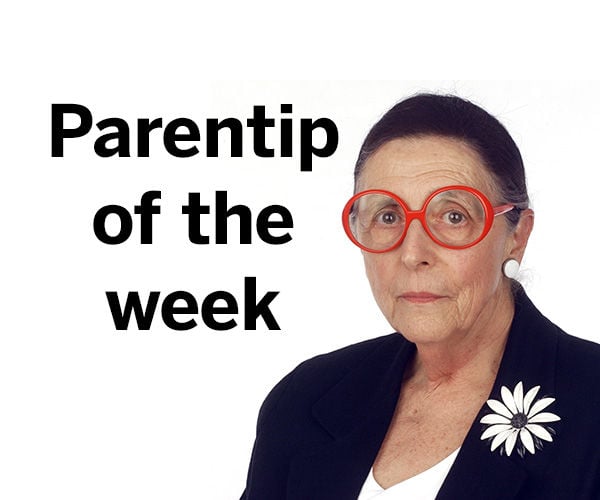“My son just turned 3 and got a bunch of new toys at his birthday party. He doesn’t play with a toy for more than a minute before throwing it down and grabbing another one. Is this normal?”
Such behavior certainly is seen frequently these days. A child can have too many toys and too many toys can make it difficult to play. I call this malady toy overload.
I had not previously connected this malady with a recent birthday party. However, I just attended a birthday party for a 4-year-old. There were 14 children and their parents, plus about a dozen assorted relatives. A beautiful day for a backyard party complete with a bouncy castle and a clown who made balloon animals and painted faces. And lots of presents! (Confession: I was one of the assorted relatives. One of my four presents was a check for the birthday boy’s college fund, so I only overloaded with three wrapped presents, and one of these was a book, not a toy. However, I admit my guilt and resolve to reform.)
Toys are not a trivial parenting matter. Play is more than just fun because play equals learning. All young mammals play and species that need to learn a lot, like higher primates and humans, play the most. One of the most important tasks of parenting is to provide both age-appropriate milieu and objects for play. Such play fills critical developmental needs. Objects help children figure out what things are and how they are used. They also foster imagination and facilitate social interaction with other children.
Alas, as I have often written and lectured, toy overload can actually interfere with both learning and fun. A child afflicted with toy overload tosses and grabs without paying sustained attention to anything. This results in the whiny “Mommy, I have nothing to do!” It comes as no surprise that kids keep asking for more toys because they are brainwashed by the noisy advertising of the zillion dollar toy industry.
Every child needs some toys. Wise parents and grandparents avoid “junk” toys that are plastic, breakable, unfixable and come in widely advertised series so kids want them all.
Instead, shop for “nutritious toys” that are sturdy, can be used over and over again, and can be used in several different ways depending on where the child’s imagination goes that day.
Examples are building toys, creativity items for pasting or drawing, objects like toy dishes and trucks so the child can imitate what grownups do. Creative and constructive play fosters attention.
Prevention of toy overload is simple. Buy fewer toys!
My advice for a parent whose child already suffers from toy overload? And for all those post-birthday party parents?
Quickly and quietly put some of the surplus toys away after a birthday party or Christmas. Segregate some special small toys for special occasions like waiting to be served in restaurants and at the doctor’s. Always have a couple of new toys hidden away for plane or car trips. Ditto for sick days.
Children may need some parental help about how to play with certain toys — some come with instructions the child cannot read. Show the child that blocks cannot only make a tower but can also make a fence to surround all the dolls. When play with a toy starts to flag, the child may need a lesson in imagination. The boy who no longer plays with his little cars may love your suggestion to build a garage out of an inverted plastic laundry basket using a cookie sheet for a ramp.
Help small children clean up, even though it’s easier to do it yourself. Teach them how to put toys away. Show them how to store small pieces in clear plastic boxes or jars. Help them label containers, first with pictures, then words.
Set up a toy bank. My daughter, trying to cope with toy overload in twins whose birthday parties resulted in two of everything, put many toys away in a closet. The toy bank worked this way: You can take a toy out only if you put another one in .
Limit TV and other screen time. This not only means more time for creative play, but it decreases exposure to media ads.
Resist toy-buying temptation yourself and help your child realize that those things in life we work or wait for turn out to be the best, while that which comes easy often loses its appeal.
Concentrate on what every child needs and wants from parents: time and attention. These don’t cost money. And you avoid shopping and gift-wrapping!





